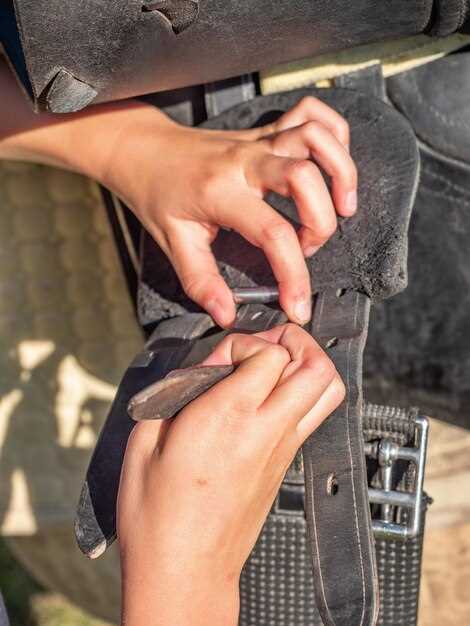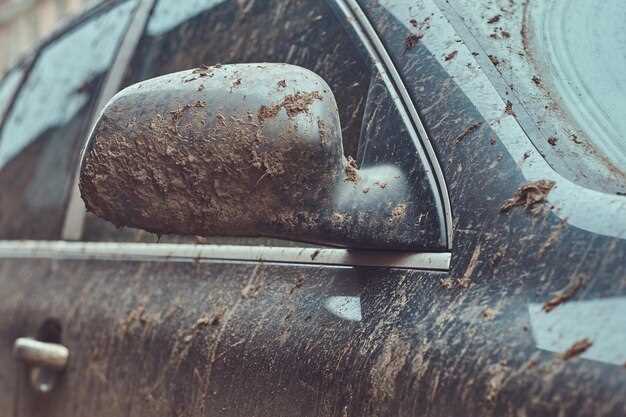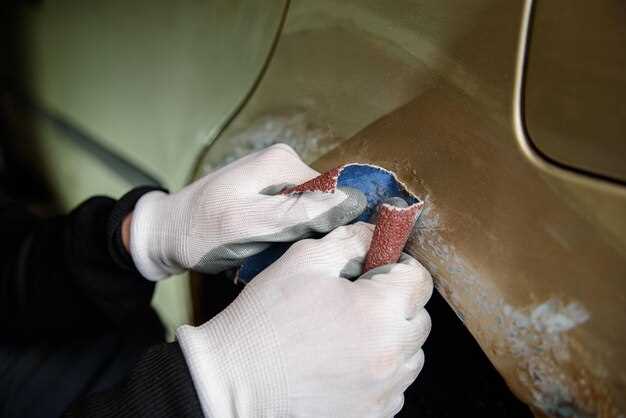
Rust spots on BMW cars can be a significant concern for any car owner. Not only do they affect the aesthetic appeal of the vehicle, but they can also lead to more extensive bodywork issues if left unattended. Being proactive about repairing these rust spots is essential to maintaining the integrity and longevity of your BMW.
When it comes to repair, addressing rust spots early can save you both time and money. BMW vehicles are known for their high-quality engineering, and with the right techniques, you can easily restore the bodywork to its original condition. Understanding the types of rust and the best methods for repair will empower you to take on this task with confidence.
In this article, we will guide you through a step-by-step process for repairing rust spots on your BMW. From gathering the necessary tools to executing the repair effectively, you’ll be equipped with the knowledge to handle rust issues efficiently, ensuring your car remains in top-notch condition.
Identifying Common Rust Problem Areas on BMW Models

When it comes to maintaining the integrity of BMW vehicles, one of the most crucial aspects is identifying rust problem areas that can affect the bodywork. BMWs, like many vehicles, have certain locations prone to rust due to exposure to moisture, road salt, and environmental factors.
One of the most common areas for rusting is the wheel arches. These sections of the bodywork are constantly exposed to debris, water, and salt, which can lead to corrosion if not properly maintained. It’s important to regularly inspect the inner and outer edges of the wheel arches for any signs of rust or paint peeling.
The underside of the vehicle is another critical area. Rust can develop on the frame and subframe components, particularly if the car has been driven in harsh winter conditions. A thorough inspection of the undercarriage can prevent larger repair issues in the future.
Additionally, the lower sections of the doors and sills are susceptible to rust, especially if water accumulates in these areas. Check for any bubbles in the paint or visible corrosion, which could indicate the need for immediate repair.
Finally, the trunk area can also harbor rust, especially around the edges and the seams where water can accumulate. Inspecting these areas for rust stains or compromised paint will help maintain the vehicle’s overall health.
By recognizing these common rust-prone areas on BMW models, owners can take proactive steps to address any issues, ensuring the longevity and appearance of their bodywork.
Step-by-Step Guide to Removing Rust from BMW Body Panels

Removing rust from BMW body panels requires careful attention to detail. Follow this step-by-step guide to effectively repair rust spots and restore your vehicle’s appearance.
- Gather Necessary Tools and Materials:
- Safety glasses and gloves
- Sandpaper (various grits)
- Rust remover or converter
- Clean cloths
- Primer
- Touch-up paint or spray paint
- Clear coat (optional)
- Identify Affected Areas:
Inspect the body panels of your BMW to locate all rust spots. Look for discolored patches, flaking paint, or visible corrosion.
- Prepare the Area:
Wash the rusted areas with soap and water to remove dirt and grime. Dry thoroughly before proceeding.
- Sand the Rust:
Using sandpaper, gently sand the rusted spots until you reach bare metal. Start with a coarse grit to remove rust, and switch to a finer grit for smoothing the edges.
- Apply Rust Remover:
If any rust remains after sanding, apply a rust remover or converter following the manufacturer’s instructions. This will neutralize remaining corrosion.
- Clean the Surface:
Once the rust remover has dried, wipe the area with a clean cloth to remove any dust or residue.
- Prime the Area:
Apply primer to the sanded area to protect against future rust. Ensure even coverage and allow it to dry completely.
- Paint the Repaired Area:
Use touch-up paint or spray paint that matches your BMW’s color to cover the primed area. Apply in thin layers for a smooth finish. Allow each coat to dry before applying additional coats.
- Optional: Apply Clear Coat:
For added protection and shine, apply a clear coat over the painted area. Let it cure as per the instructions on the product.
- Inspect and Maintain:
After the repair, regularly inspect the area to ensure no new rust develops. Keep the vehicle clean and consider applying wax to keep the paint protected.
Following these steps will help you effectively remove rust from your BMW body panels and maintain the vehicle’s aesthetic and integrity.
Choosing the Right Products for Rust Prevention on BMW Vehicles
When it comes to maintaining the bodywork of your BMW, choosing the appropriate products for rust prevention is crucial. Rust can significantly impact the longevity and appearance of your vehicle, highlighting the importance of selecting high-quality protection methods.
Firstly, look for rust inhibitors specifically formulated for automotive use. These products create a protective barrier that prevents moisture from reaching the metal surfaces of your car. High-quality rust prevention sprays not only combat existing rust but also provide lasting protection for the bodywork.
Additionally, consider using rust converters. These products chemically transform rust into a stable compound, making it easier to repair and seal the affected areas. Apply these products before any repainting to ensure a solid foundation for your new paint job.
Furthermore, regular maintenance is key to rust prevention. Incorporate a thorough cleaning regimen that includes washing and waxing your BMW to remove grime that can trap moisture. Using sealants and ceramic coatings can also enhance the protective layer over your vehicle’s bodywork.
Lastly, always check for product compatibility with your BMW’s paint and finish. Using the right products will not only help in the fight against rust but also maintain the integrity and aesthetics of your vehicle for years to come.



